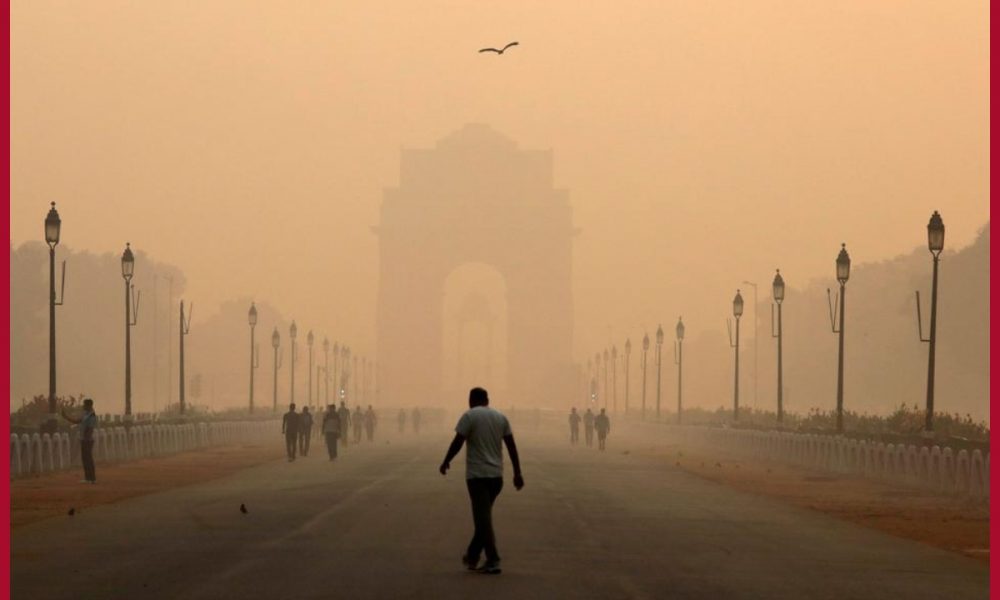New Delhi: Soon after the release of the 2022 Environment Performance Index (EPI), the Indian government rejected the Index. Before we give you the answer to why the government did not accept the report, you must know about the Index.
What is the Environment Performance Index and who prepares it?
The Environment Performance Index (EPI) is a ranking that measures the environmental health and sustainability of countries. It was started in 2022 by the World Economic Forum.
Using 40 performance indicators across 11 issue categories, the EPI ranks 180 countries on climate change performance, environmental health, and ecosystem vitality.
On the basis of the report, countries try to spot problems, set targets, understand outcomes, track trends, and identify best policy practices.
2022 Environment Performance Index
India has been placed at the lowest position among 180 countries in the 2022 EPI with a score of 18.9. Neighbour countries like Bangladesh, Myanmar, Pakistan, and Vietnam have done better than India. In the year 2020, India was ranked 168th out of 180 nations.
Notably, Denmark secured the first spot this year in the sustainability and environment health categories.
Why Indian government rejected the 2022 EPI Index
The Ministry of Environment, Forest and Climate Change said that many indicators are based on unfounded surmises and unscientific methods.
The Ministry went on to say that some indicators used in the report are extrapolated and based on surmise and unscientific methods.
Rejecting the index, the Ministry also released a few reasons that are as follows:
1. A new indicator in the Climate Policy objective is Projected GHG Emissions levels in 2050. This is computed based on the average rate of change in emission of the last 10 years instead of modelling that takes into account a longer time period, the extent of renewable energy capacity and use, additional carbon sinks, energy efficiency etc. of respective countries.
2. Both forests and wetlands of the country are crucial carbon sinks that have not been factored in while computing the projected GHG emissions trajectory upto 2050 given by EPI 2022.
3. Historical data on the lowest emission trajectory has been ignored in the above computation.
4. The weight of indictors in which the country was performing well has been reduced and reasons for the change in assignment of weights has not been explained in the report.
5. The principle of equity is given very low weightage in the form of the indicators like GHG emission per capita and GHG Emission intensity trend. The CBDR-RC principle is also barely reflected in the composition of the index.
6. India has already achieved the target of 40% of installed electricity capacity from non- fossil fuel based sources.
7. The Copernicus air pollutant concentration data based on which DALYs are derived have higher uncertainty in regions with less extensive monitoring networks and emissions inventories. This limitation reduces the chance of accurate assessment of Air Quality.
8. The indicators on Water quality, Water use efficiency, Waste Generation per capita which are closely linked to Sustainable Consumption and Production are not included in the Index.
9. The Index emphasizes the extent of Protected Areas rather than the quality of protection that they afford. Management Effectiveness Evaluation of Protected areas and eco-sensitive regions is not factored into the computation of Biodiversity Indices.
10. Again the index computes extent of ecosystems but not their condition or productivity. Efforts must be made to include metrics that truly capture ecosystem productivity such that regulatory, provisioning as well as cultural services provided by various ecosystems like forests, wetlands, croplands are assessed and reflected in performance.
11. Indicators like Agro biodiversity, soil health, food loss and waste are not included even though they are important for developing countries with large agrarian populations.

















